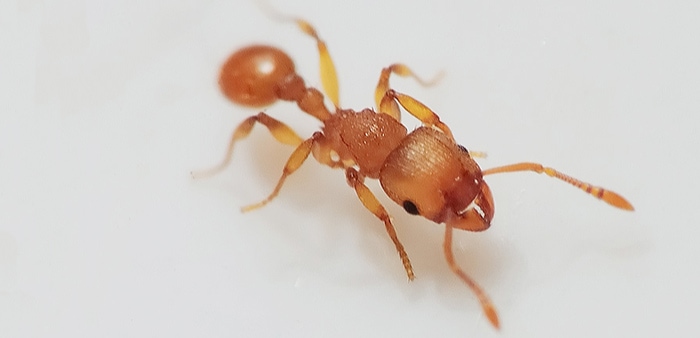The National Electric Ant Eradication Program will have an information stall out the front of the Mossman Administration Building tomorrow (Thursday May 9th) from 11:00am – 4:00pm.
There will be live electric ants on display and NEAEP staff will be requesting that locals register for a FREE yard check to get their properties surveyed for electric ants.

To register your property for a free yard check please visit: https://www.daf.qld.gov.au/business-priorities/biosecurity/invasive-plants-animals/ants/yard-check or call 13 25 23 for more information.
Impacts
Environmental
- Can out-compete and displace other ant species.
- Can cause declines in numbers of invertebrates and small vertebrates – in the long term, dense infestations reduce overall biodiversity.
- Thought to have reduced reptile populations in New Caledonia and tortoise populations in Galapagos Archipelago, where ants eat hatchlings and attack eyes and cloacae of adult tortoises.
Economic
- Electric ants collect honeydew from sap-sucking insects and protect them from other predators. This can result in agricultural farms experiencing dieback and reduction in crop yield through reduced plant vigour and the spread of crop diseases such as sooty mould. In addition to lost crop production, direct production costs are increased by additional insecticide and fungicide treatment required..
- In some countries, there has been a significant loss in tourism as their painful sting discourages outdoor recreational activities.
Social
- Inflict painful stings on humans that cause painful, itchy, persistent pimples and, occasionally, severe allergic reactions.
- May sting, and possibly blind, domestic pets.
- Dense infestations may leave backyards or pools unusable.
- May invade insides of houses.
